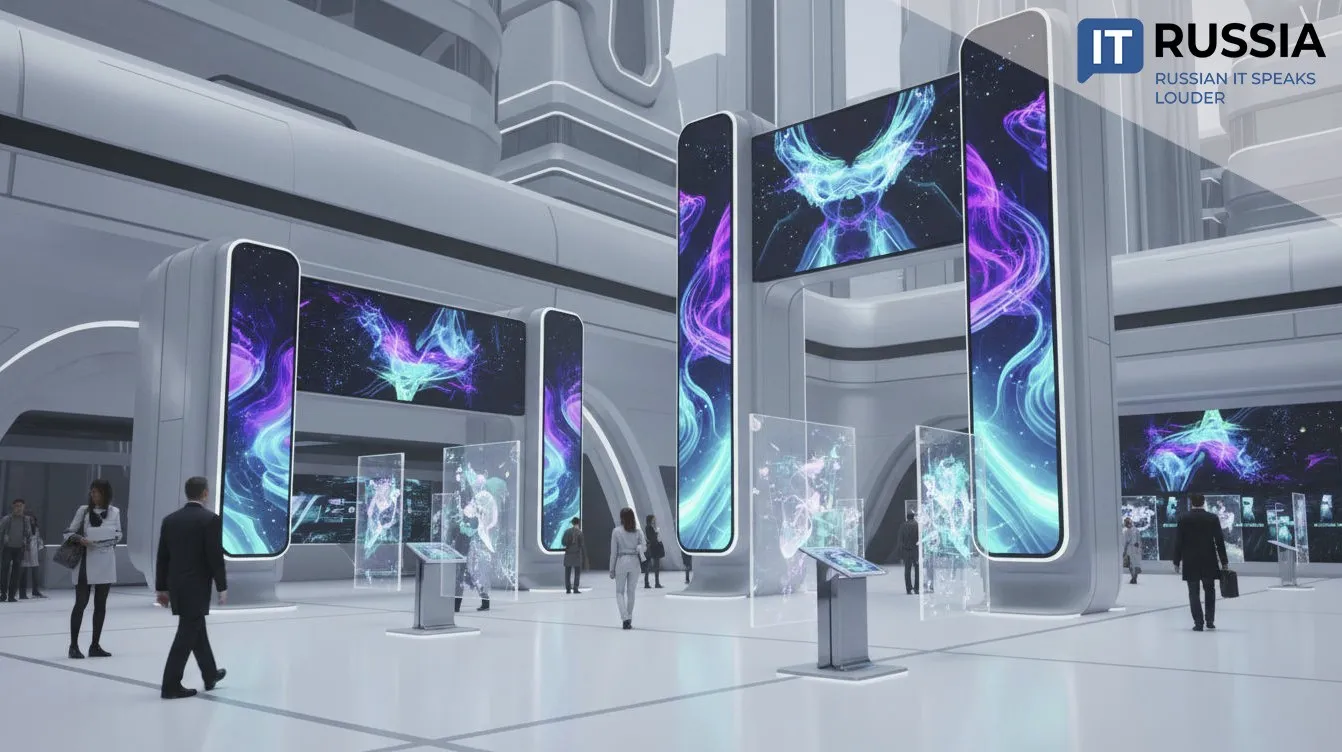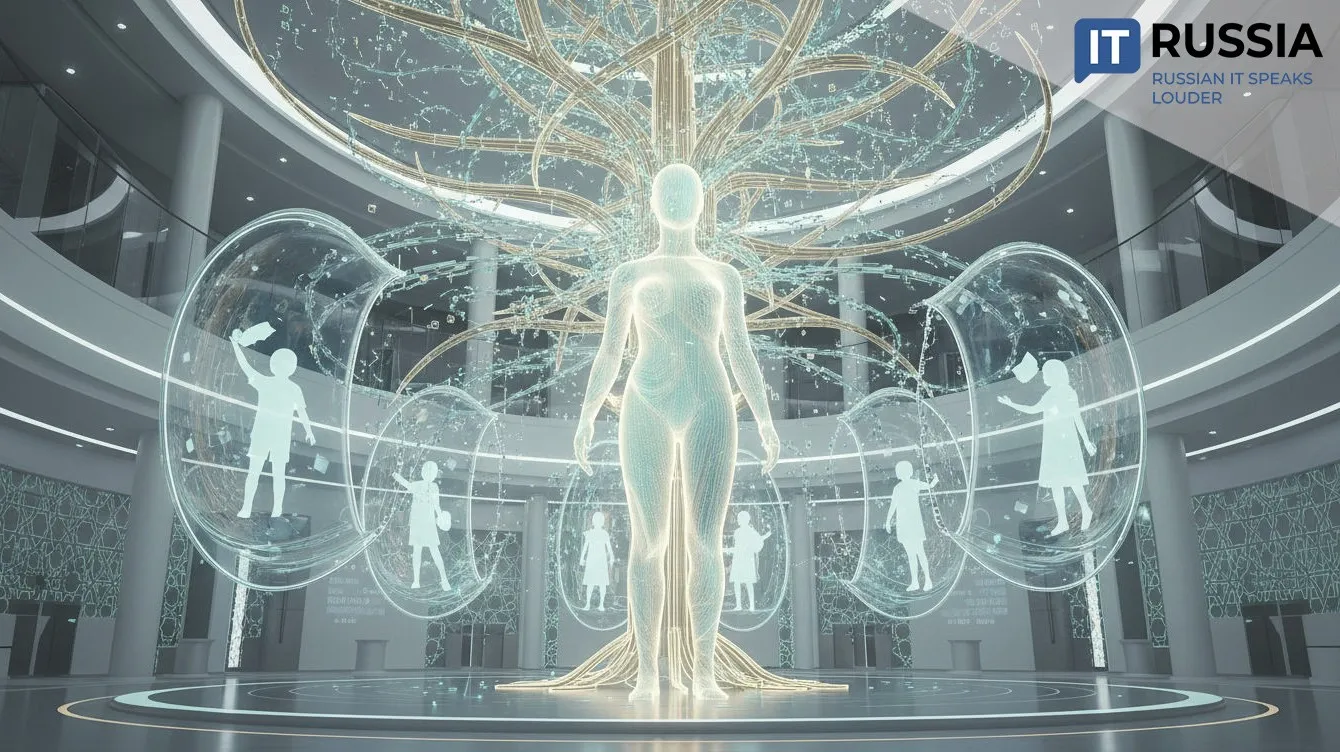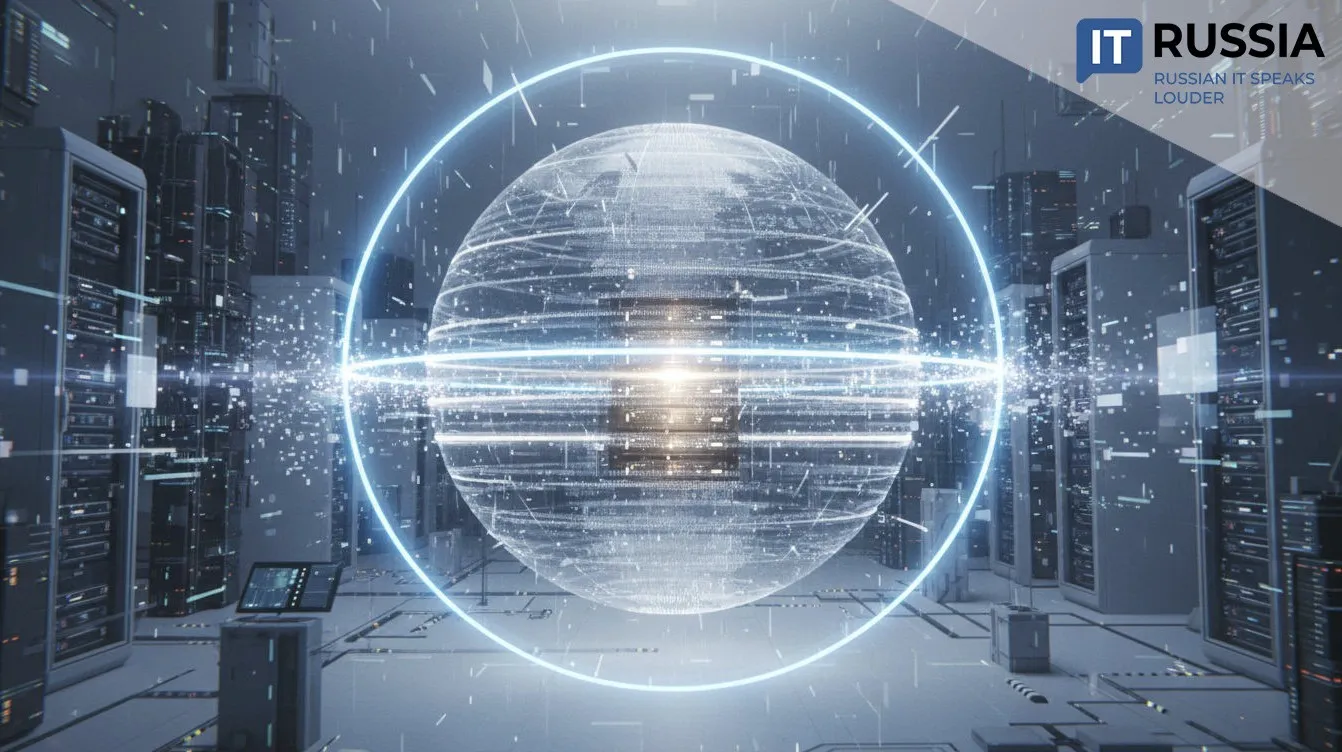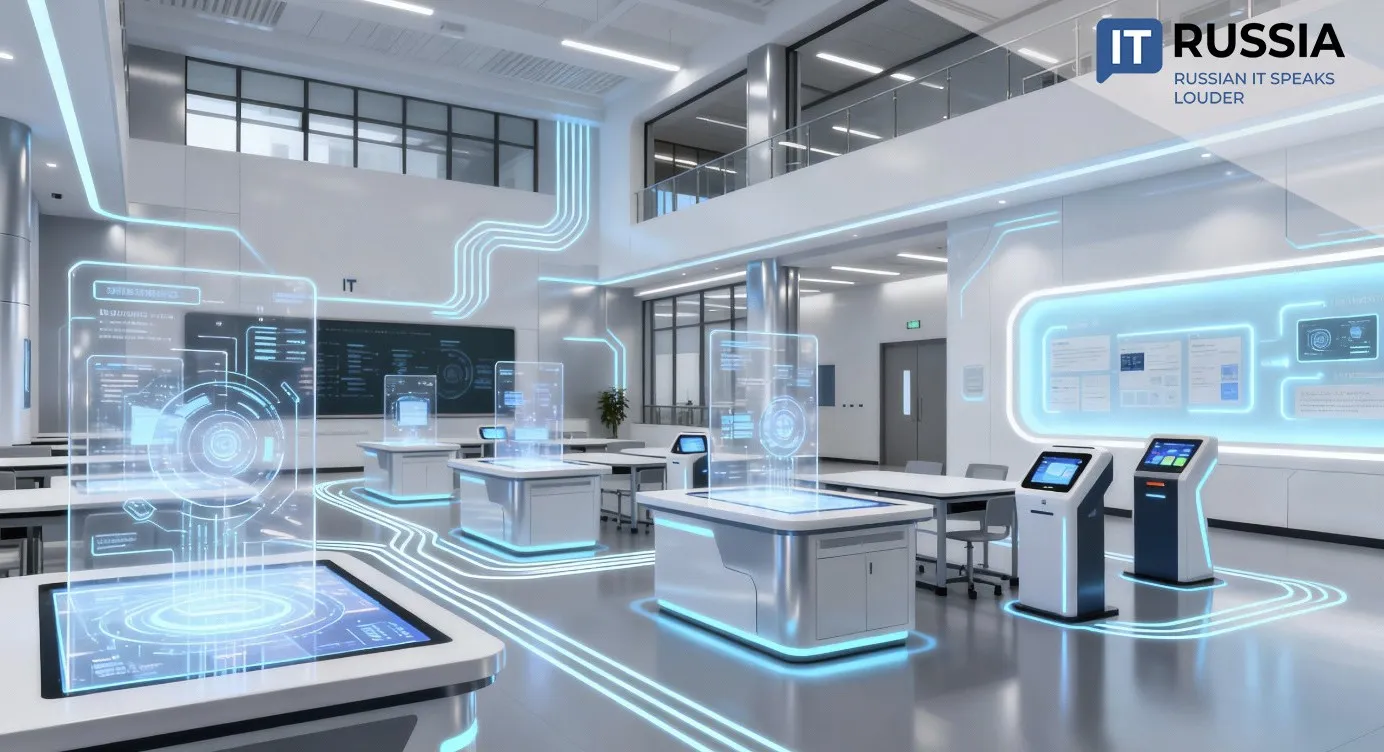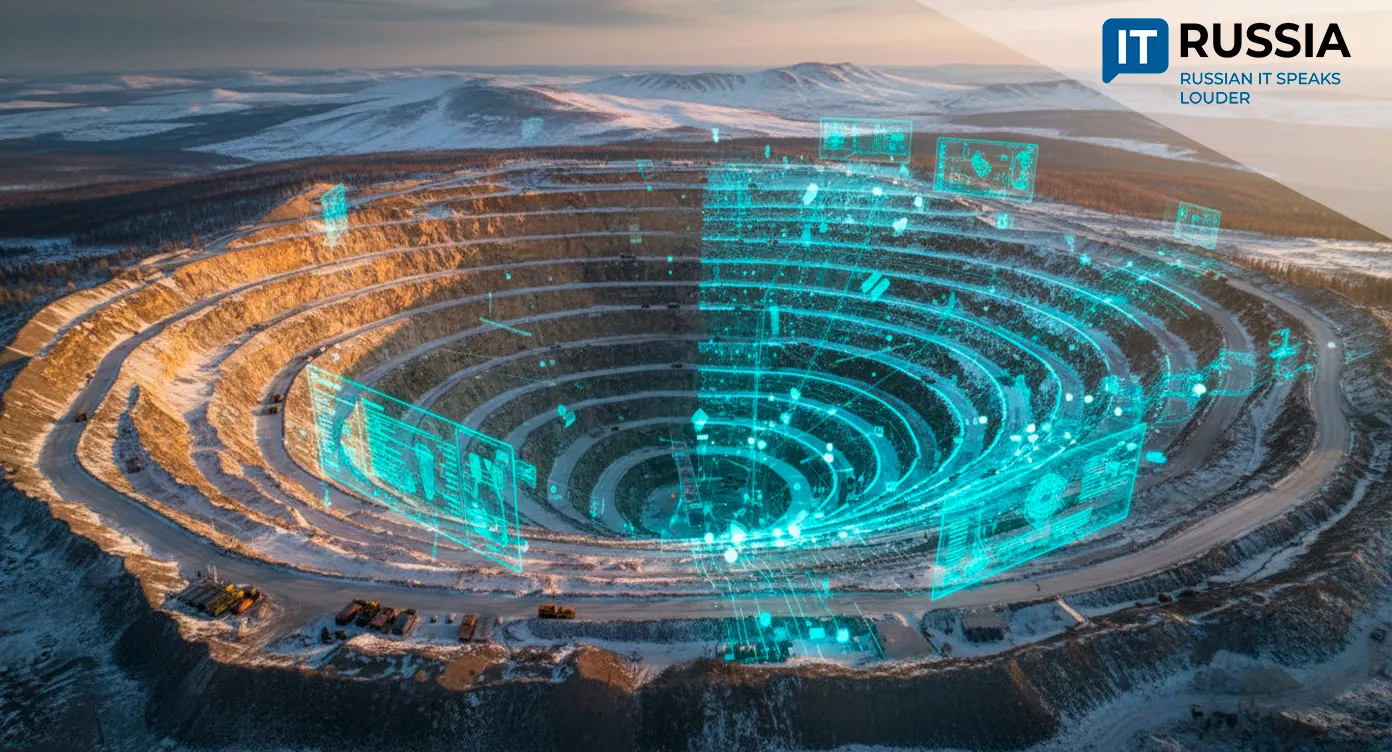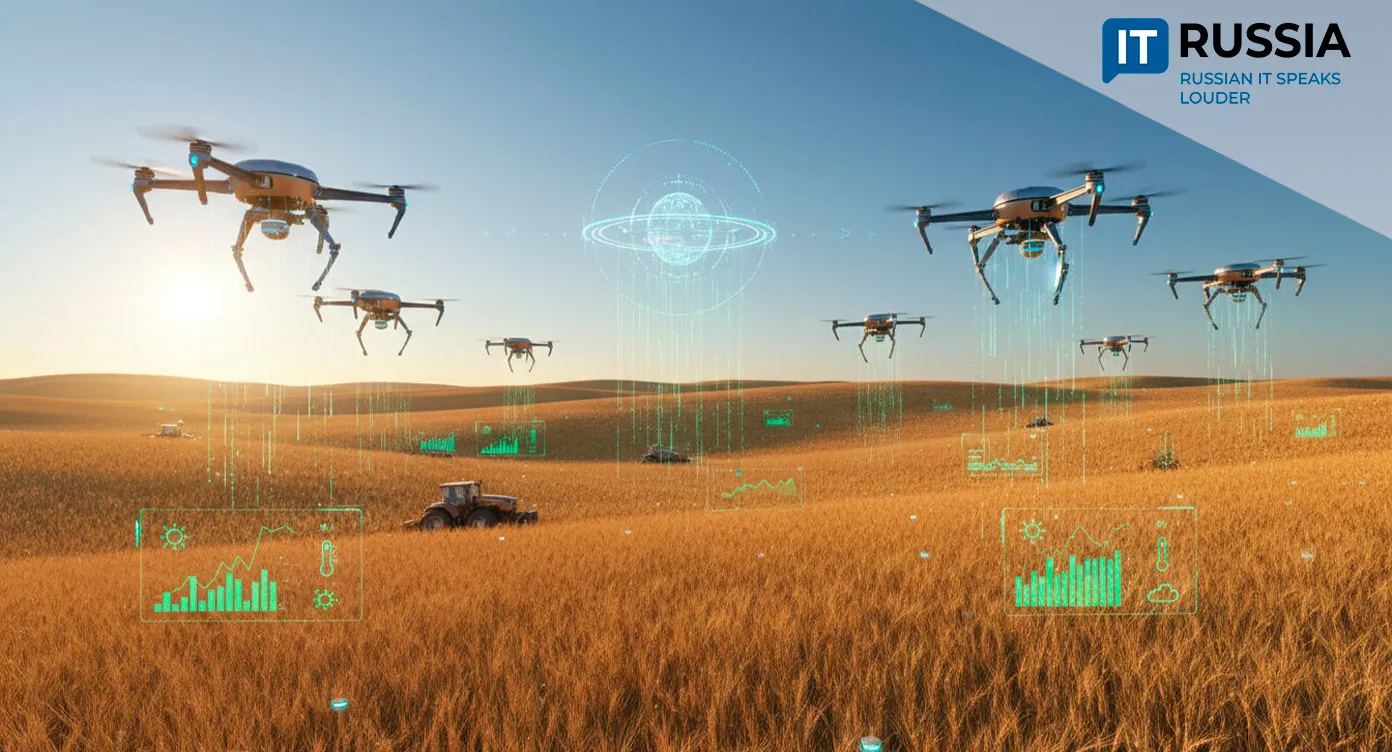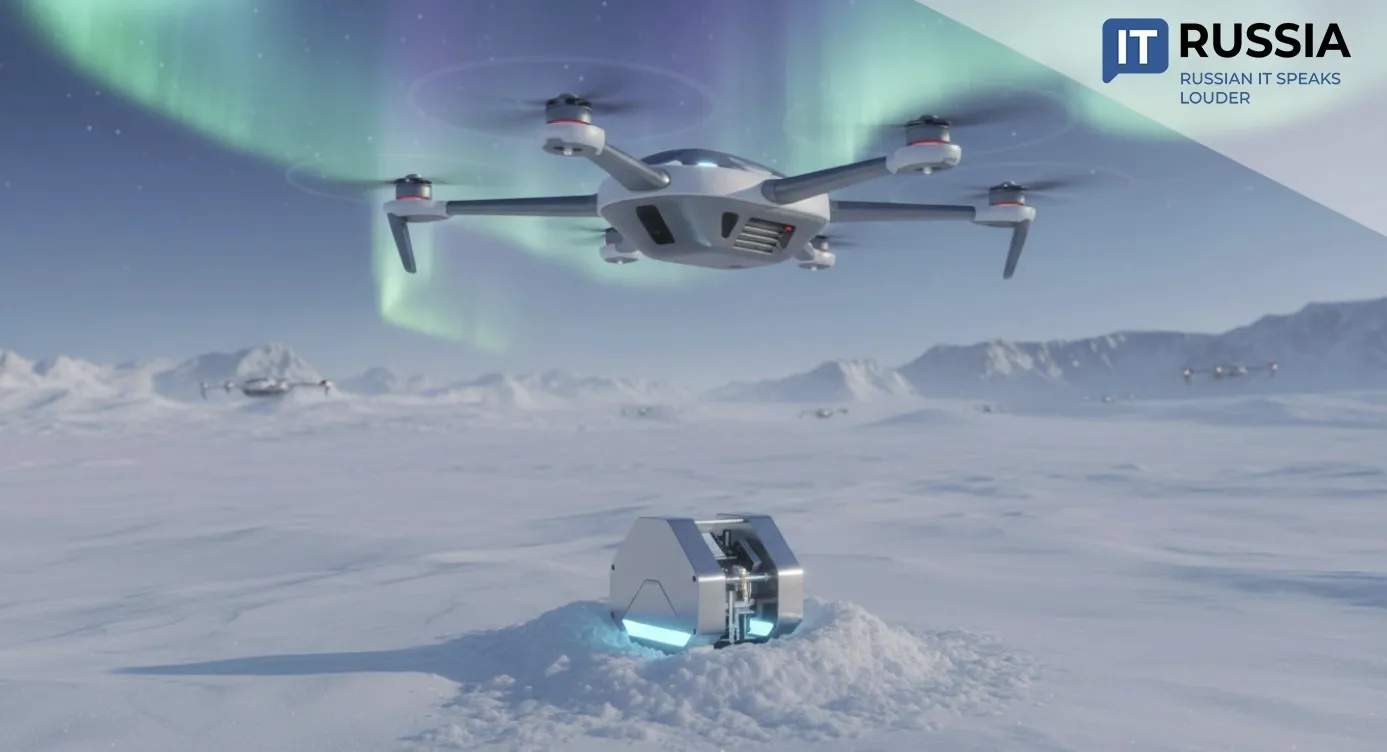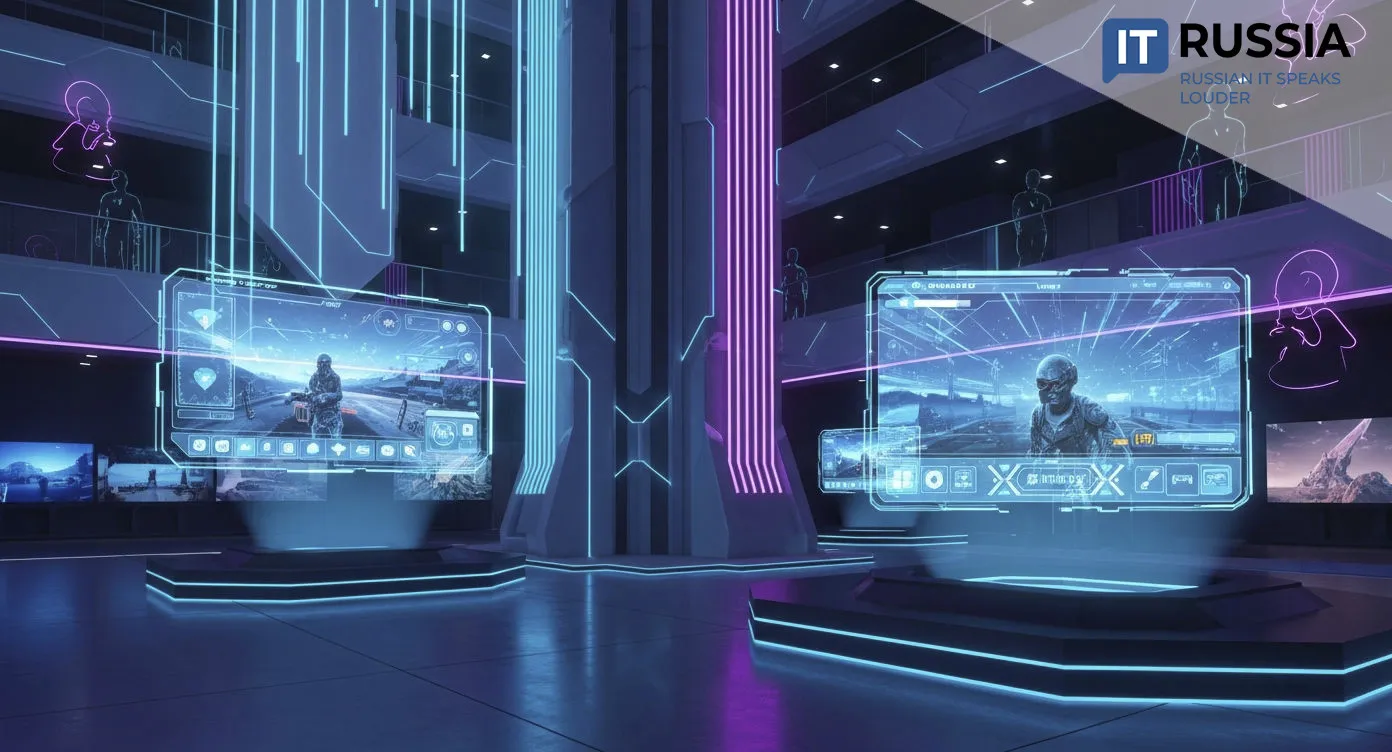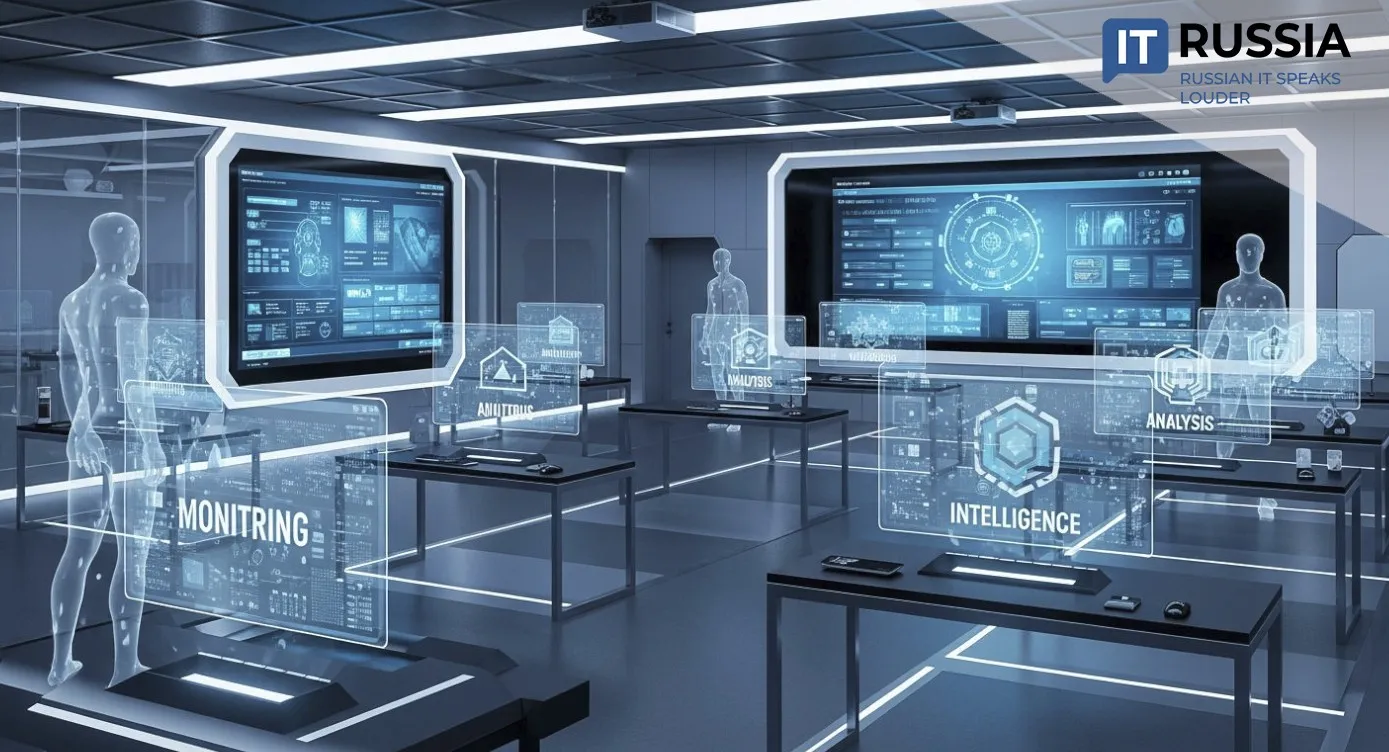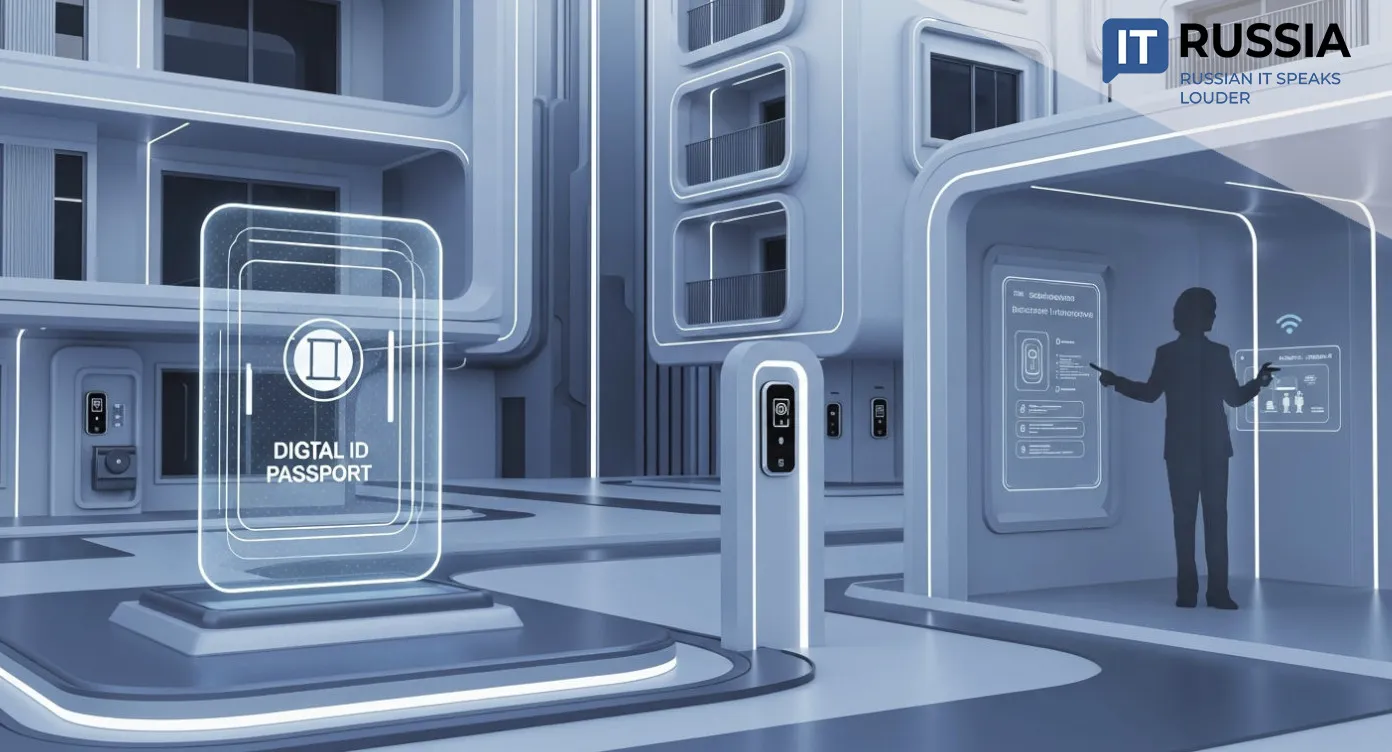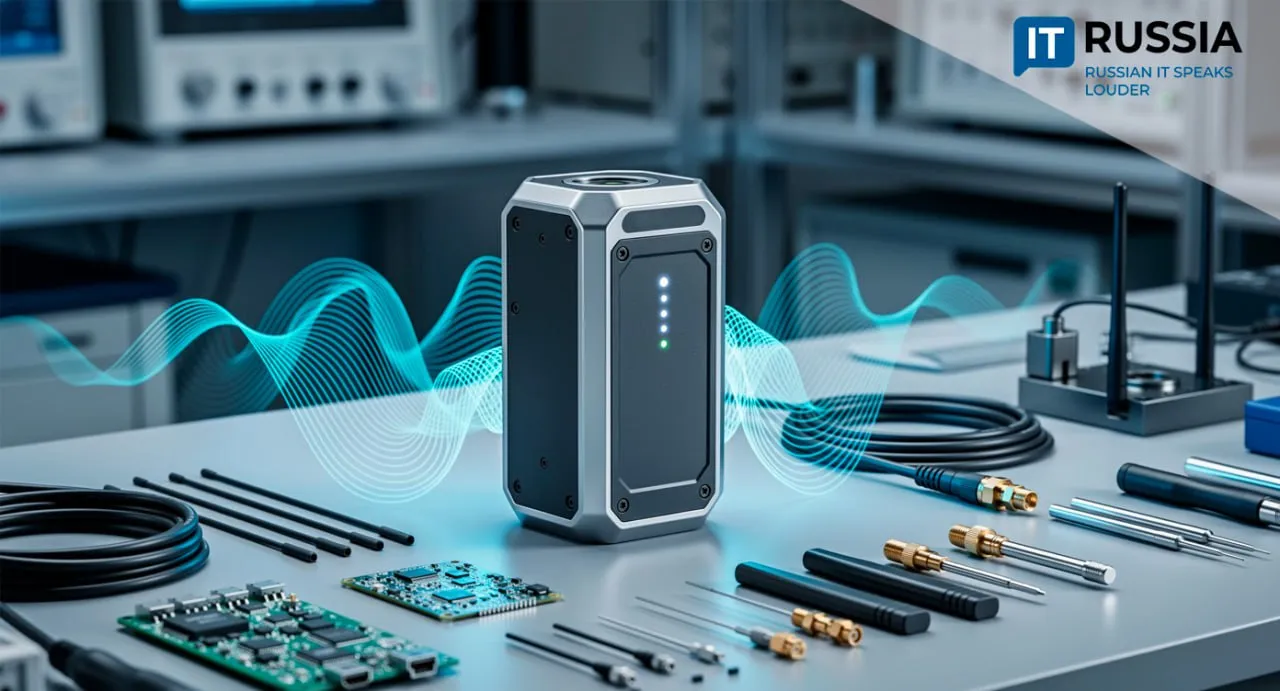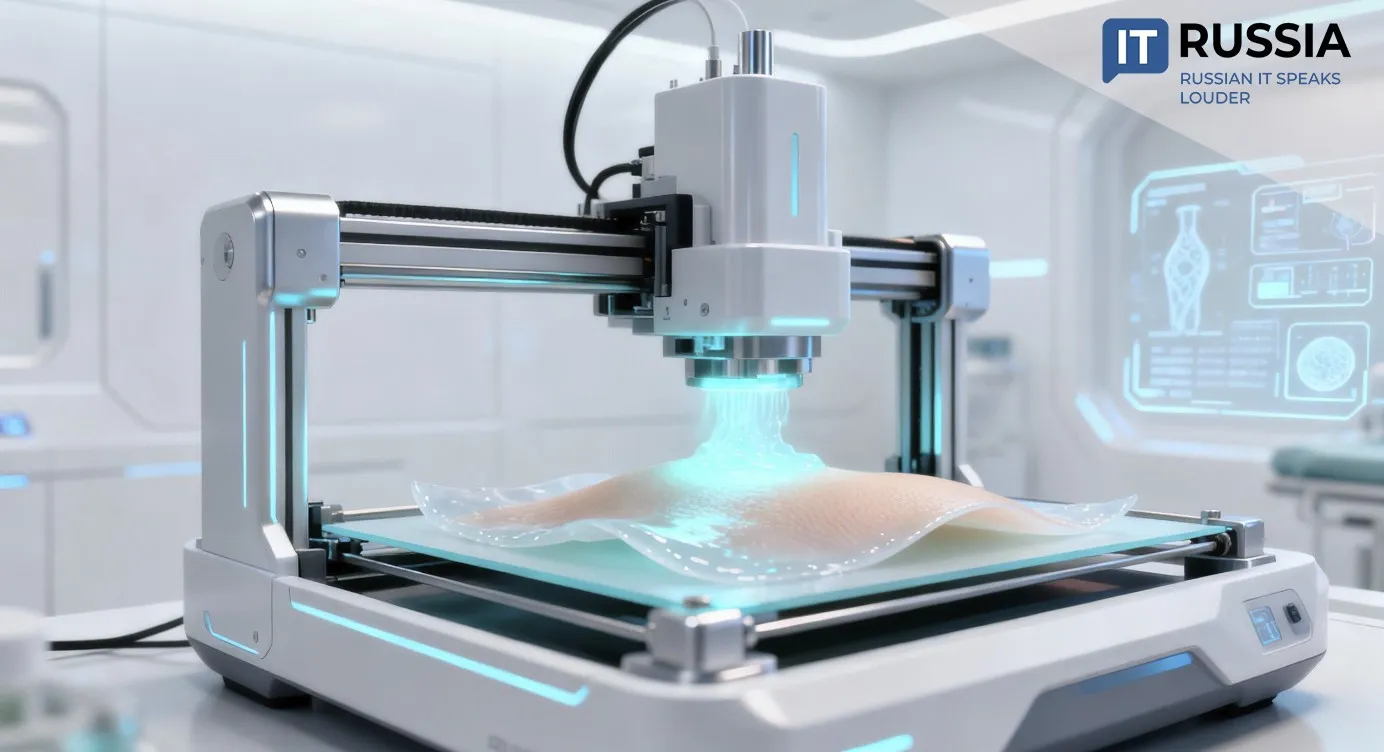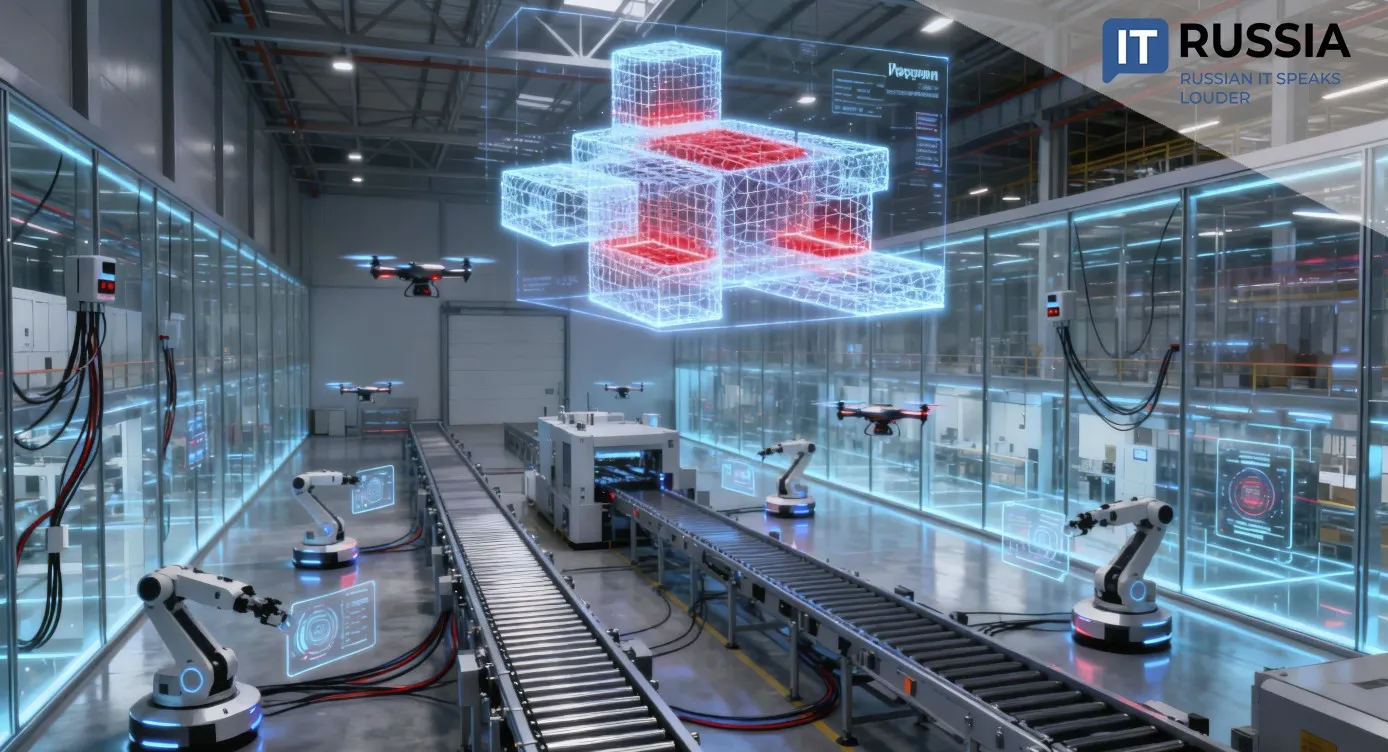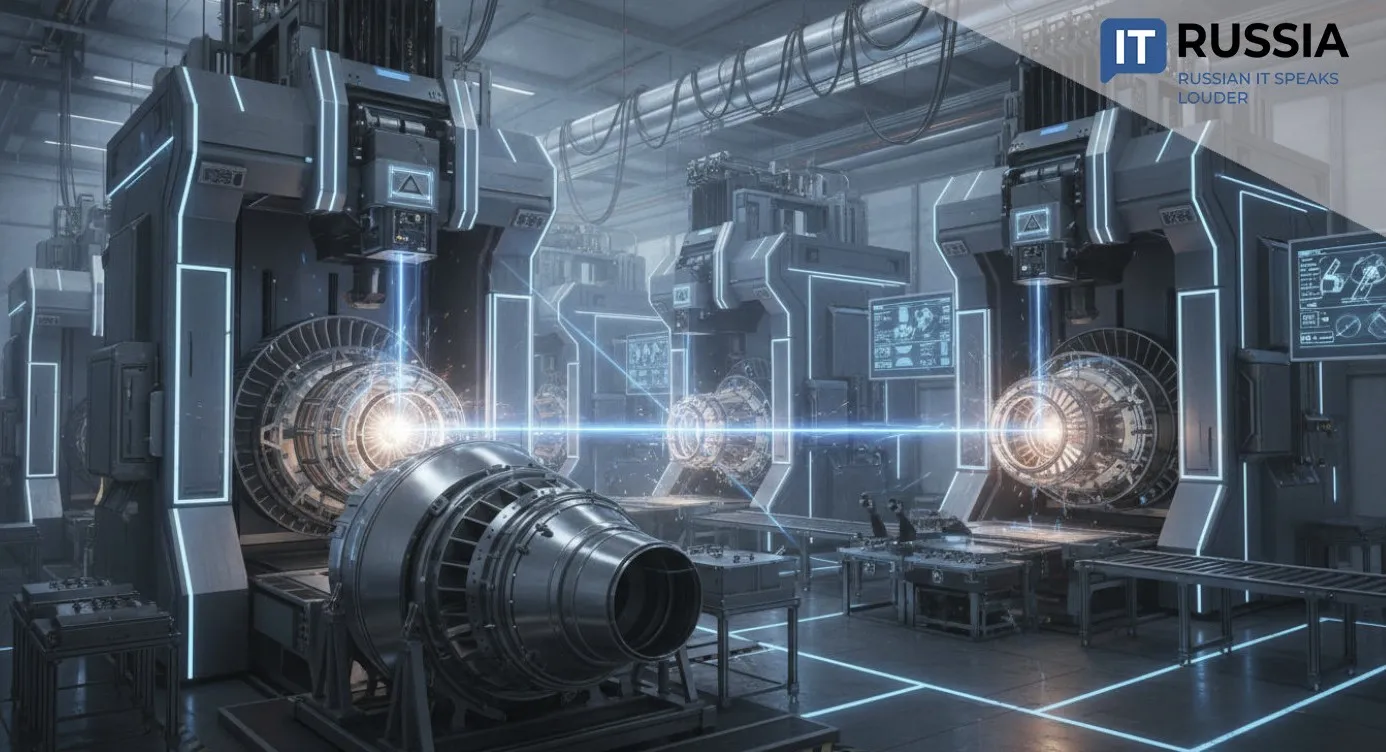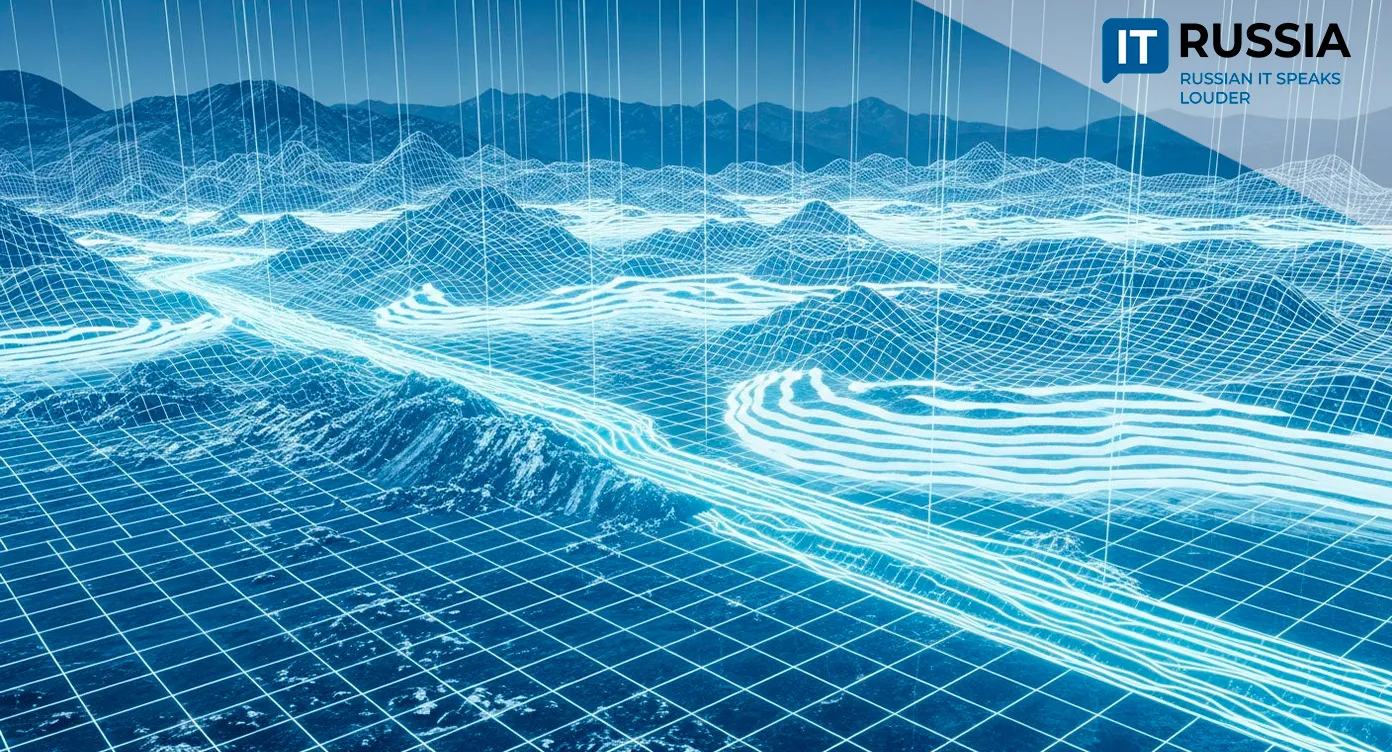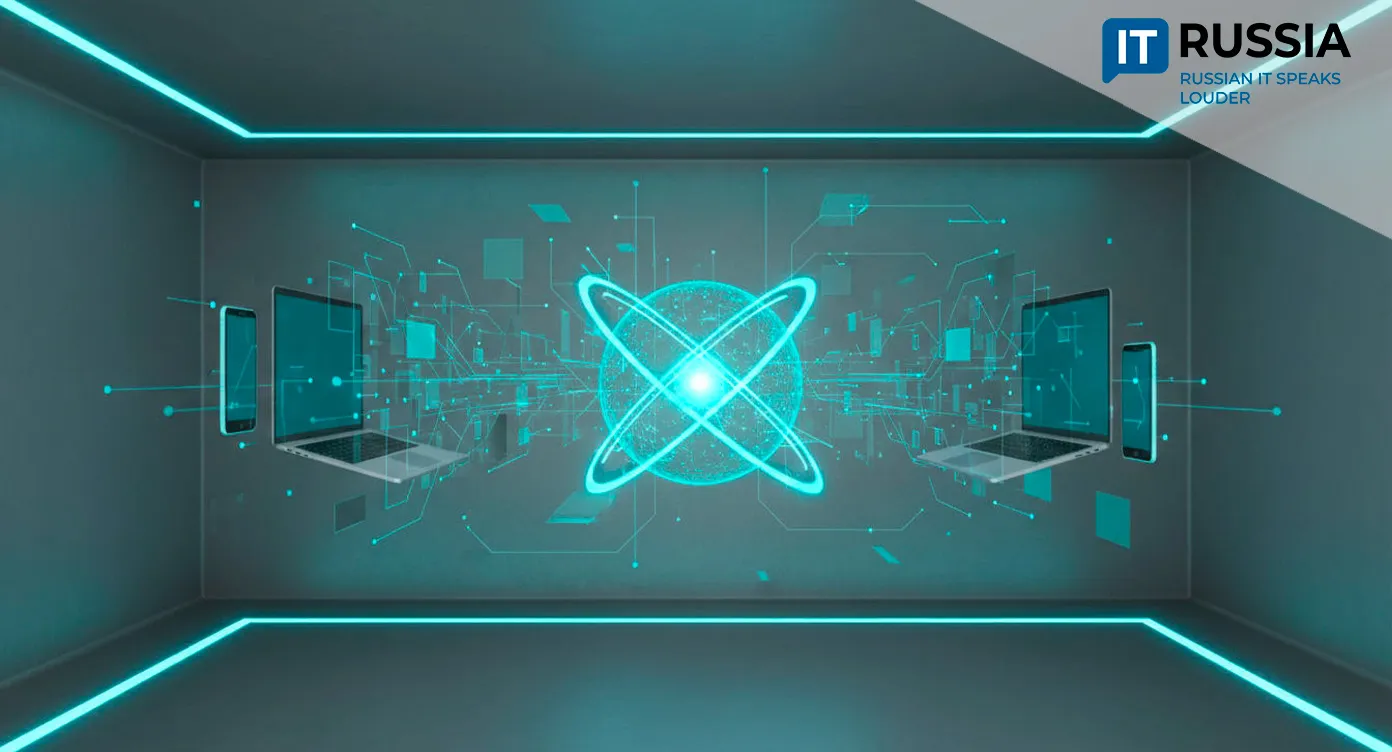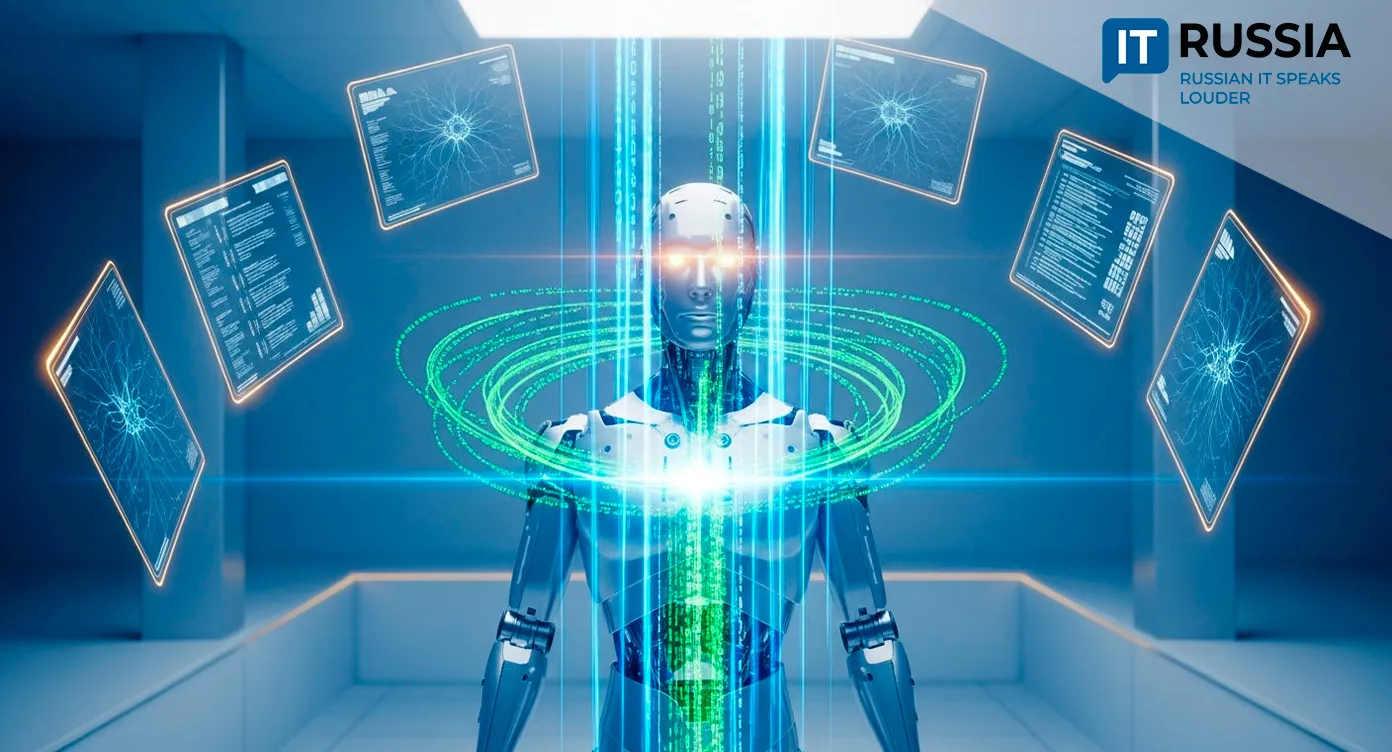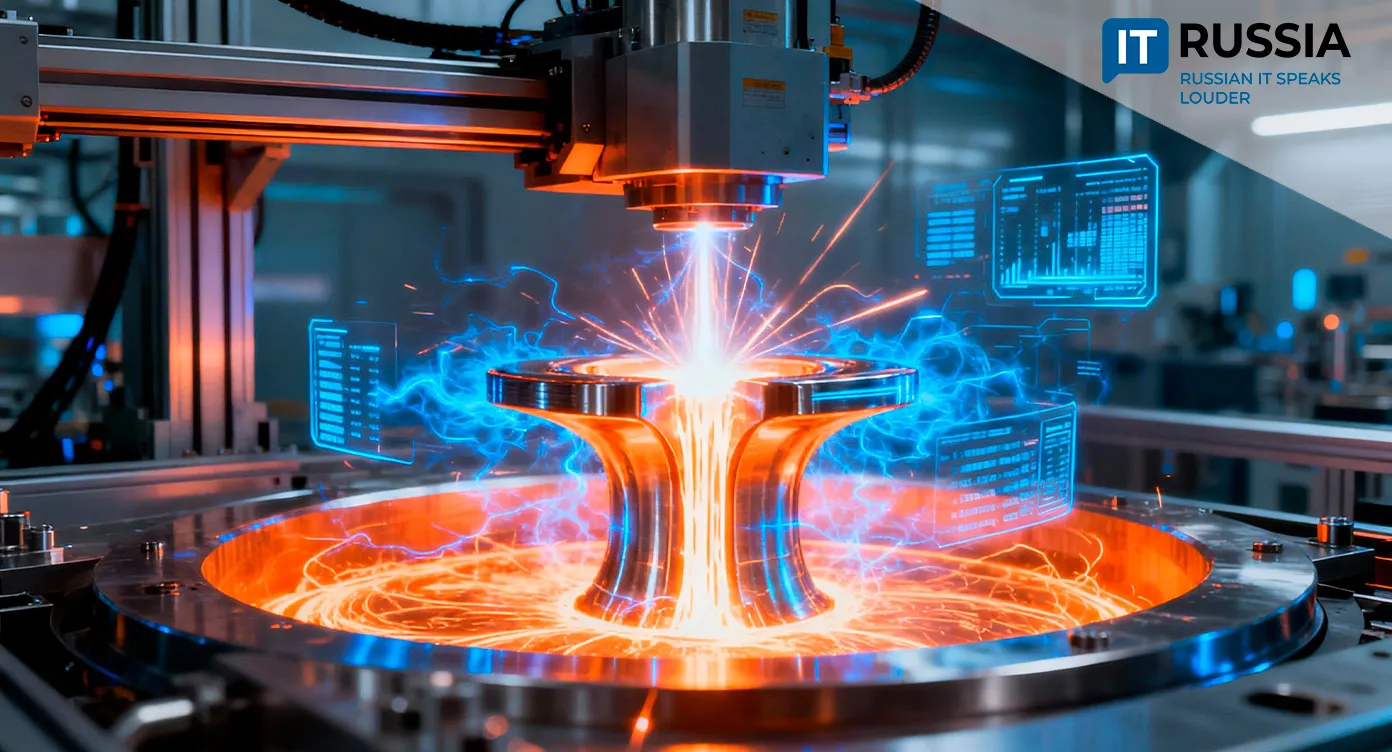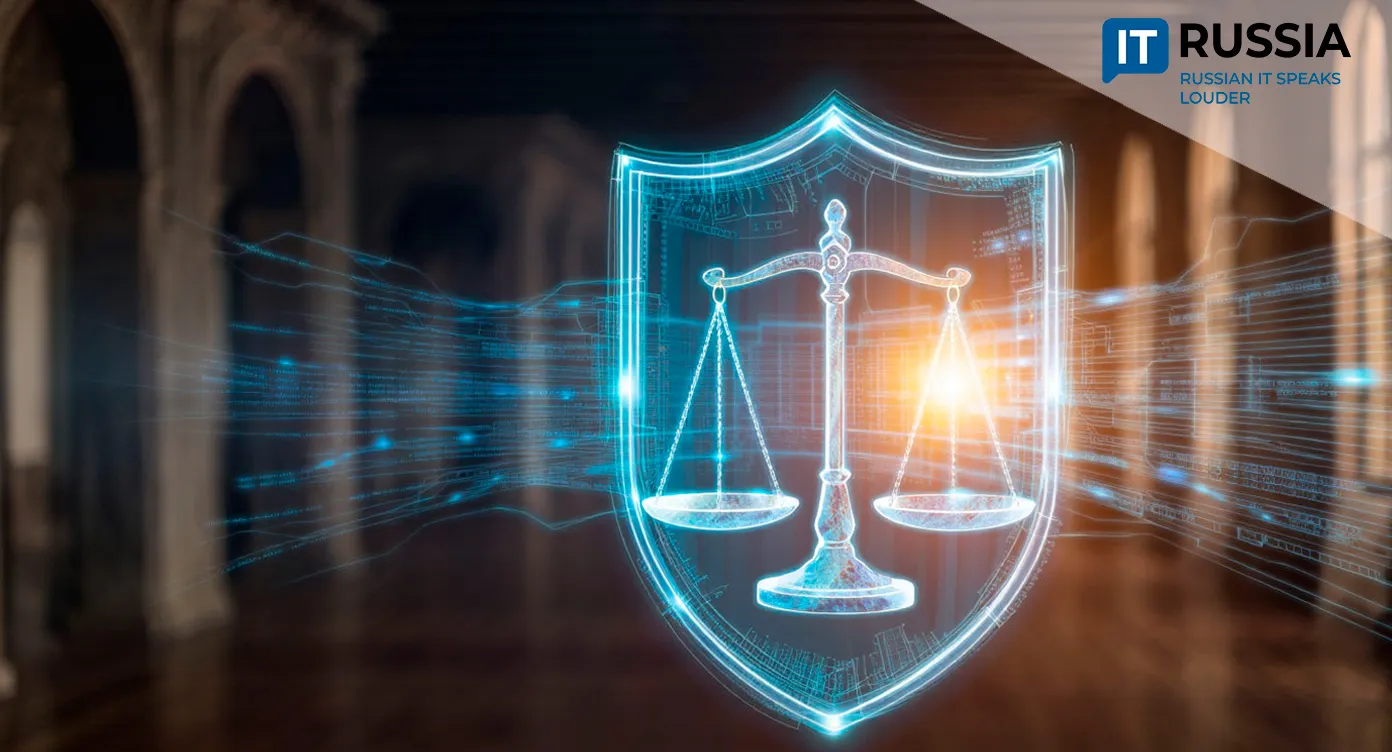A Small Program, a Big Breakthrough: Russian Scientists Gain Nanoworld Control from a Laptop
Researchers at Russia’s MIREA University have developed a compact program that automates control of magnetic and electric fields. The software runs on a standard laptop, offering a new level of accessibility for nanotechnology experiments.

Digital Transformation of Science
At a time when technology is rapidly reshaping science, researchers at MIREA (Moscow Institute of Radio Engineering, Electronics and Automation) have created a compact yet remarkably powerful tool that redefines laboratory nanotechnology experiments. Weighing in at just 200 kilobytes, the software is not a stripped-down utility but a full-fledged automation system compatible with ordinary personal computers.
The program enables precise, flexible control of electric and magnetic fields, either independently or synchronously—a crucial capability for building complex nanostructures.
One standout feature is the program’s ability to record channel data and store it in a structured file, allowing correlation between input parameters and experimental outcomes. It can even register two magneto-optical effects simultaneously—the terahertz signal and the Kerr effect—tasks that previously required bulky setups and significant time. Now, the process is faster, scalable, and far more accessible.

From Lab to Technological Sovereignty
This breakthrough has both scientific and strategic implications. For Russia’s IT industry, the MIREA solution represents a major step forward in digitalizing science. It enables the creation of not just analogues of foreign systems, but innovative, cost-efficient products tailored to real research needs.
In the context of import substitution and the push for technological independence, such tools are highly valuable. They reduce reliance on foreign platforms, controllers, and software, strengthening national research capacity.
Compact and versatile, the program can be deployed widely in universities, research institutes, and even regional labs where budgets are tight and access to specialized hardware is limited.

Progress at Home, Accessibility Abroad
For Russia, the program accelerates the development of advanced technologies. It enables faster research into new materials for energy-efficient electronics, sensitive sensors, quantum devices, and energy storage systems—all of which translate into practical benefits for everyday life.
The tool also strengthens Russia’s position in the global nanotechnology race by boosting autonomy and creating export potential. It could become part of Russian research packages marketed abroad, particularly in countries that value simplicity and low hardware requirements.
Universities and labs in regions like Latin America, where expensive specialized systems are scarce, may adopt it to expand fundamental research and innovation. In this way, MIREA’s innovation extends beyond Russia, opening new scientific horizons worldwide.
From Past Efforts to Future Potential
In recent years, Russia has seen various attempts to automate laboratory processes, including digital modules for spectrometers, FPGA platforms, and Arduino-based systems. However, most were either tied to high-end equipment or demanded significant technical expertise, leaving many researchers without access.
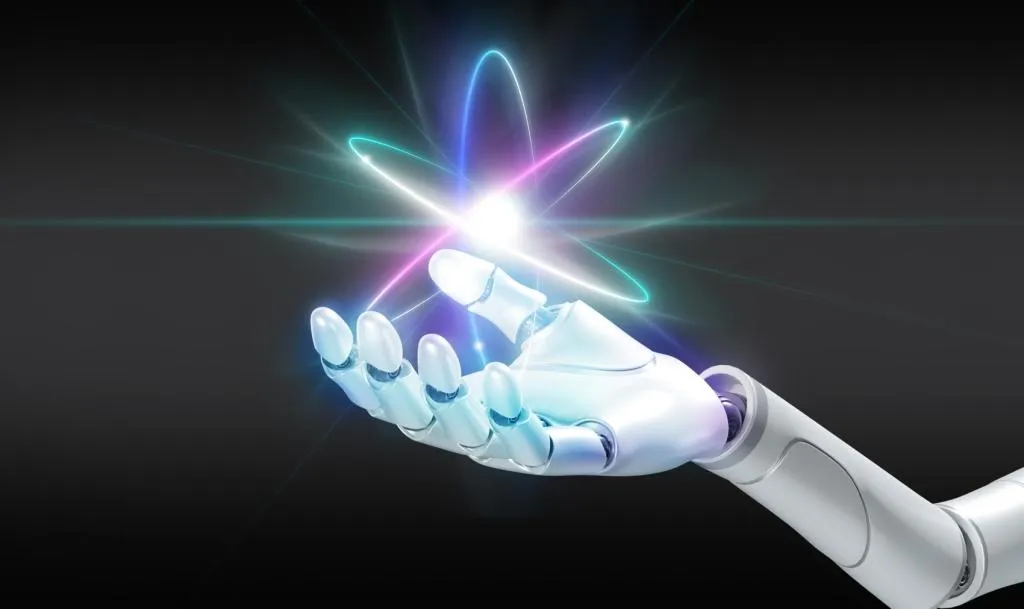
MIREA’s program stands out for its simplicity, openness, and universality. It requires no special hardware and adapts to different experiments. It is not just an improvement, but a genuine breakthrough.
Horizons Ahead: From Science to Industry
The software is expected to see widespread adoption in Russian research centers over the next few years. Plans are already forming to build an ecosystem around it, integrating Internet of Things devices, enabling remote experiment control, cloud-based data storage, and even artificial intelligence to automate analysis.
Commercial applications and export opportunities are also on the horizon. For MIREA, the program is more than software—it is a symbol of a new era in Russian science: digital, flexible, accessible, and independent of foreign technologies.




